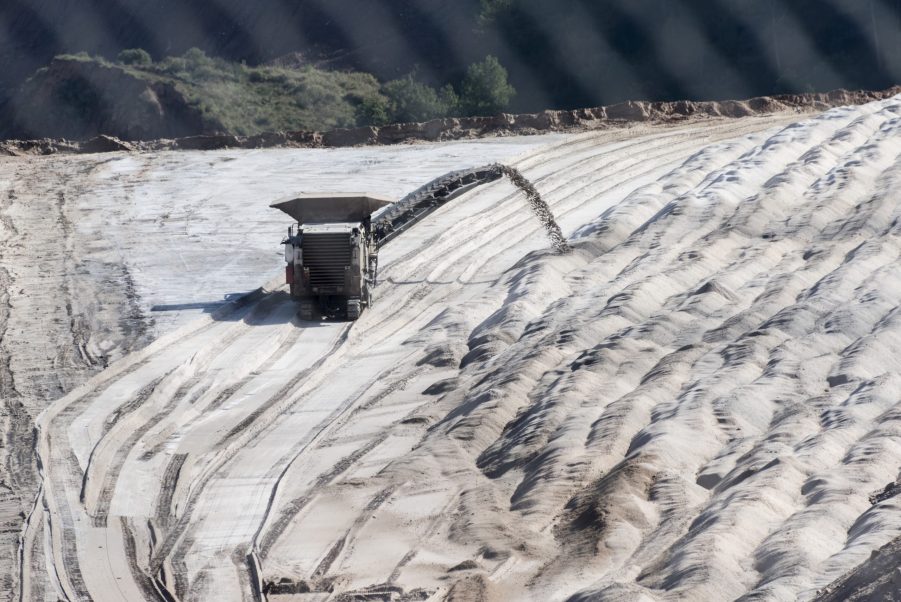
Electric Cars May Be Seasoned With Sodium-Ion Batteries to Offset Lithium Usage
In case you don’t know the anatomy of electric cars, the primary material used for creating EV batteries is lithium. And while lithium isn’t running out yet, it’s damaging and expensive to harvest from the earth. That’s why sodium batteries are a viable supplement to help offset the amount of lithium in electric car batteries. In other words, automakers may soon be adding a pinch of salt to their EV recipes.

How CATL will use sodium batteries along side lithium batteries
Contemporary Amperex Technology Company, or CATL, is a Chinese battery manufacturer that has been researching the potential of sodium-ion batteries in electric cars for the past 10 years. But sodium batteries aren’t going to kick lithium batteries to the curb. Instead, CATL announced that, by 2023, the sodium and lithium battery cells will work side by side in a single electric car battery pack.
Back in the 70s and 80s, sodium batteries were a promising option. But when Sony debuted the first rechargeable lithium-ion battery for their camcorders in 1991, sodium fell behind. Tech companies found you could cram more lithium into smaller batteries, while still keeping the cells lightweight. Shirly Meng, a spokesperson for CATL, spoke to Wired. She explained, “The biggest barrier to success for sodium was that lithium was so successful.”
Recently, sodium-ion batteries have been making a comeback as more manufacturers learn of lithium’s weaknesses. And in some ways, these sodium batteries outshine their lithium counterparts.
In some ways, sodium batteries are better than what we have now

The biggest selling point of sodium batteries is that the resource is plentiful. While lithium isn’t rare, it’s hard to mine and refine. Meanwhile, sodium exists in the ocean, which we have quite a lot of. And because the resource is abundant and easy to access, it’s much cheaper than lithium batteries.
Another added perk is that sodium-ion batteries perform better in cold conditions. It’s no secret that cars, whether they’re electric or gasoline, aren’t as efficient in the winter. And gas cars use lithium batteries too, which is why they’re hard to start if they’ve been sitting in the cold.
Sodium batteries are even said to have more energy density than lithium batteries. That means electric cars using sodium technology could get better range. But even with all these perks, sodium will likely never replace lithium as the primary power source for electric cars.
Why sodium won’t completely replace lithium

Sodium batteries sound perfect: greater energy density, better in the cold, cheaper to build. Still, there’s no such thing as a free lunch. Lithium is a primary candidate for electric car batteries due to weight, which adversely impacts an electric car’s range. And sodium batteries, while efficient, are also heavier.
But the main reason sodium isn’t going to overtake lithium is that lithium is just too popular. Almost every electric car manufacturer has been throwing money at lithium research, pushing sodium-ion batteries aside just like companies did in 1991.
In other words, lithium-ion batteries are ready now. Meanwhile, sodium-ion batteries are still being developed. CATL is taking important steps to ensure sodium-ion batteries are going to have a place in tomorrow’s electric cars. Even now, they’re starting small.


